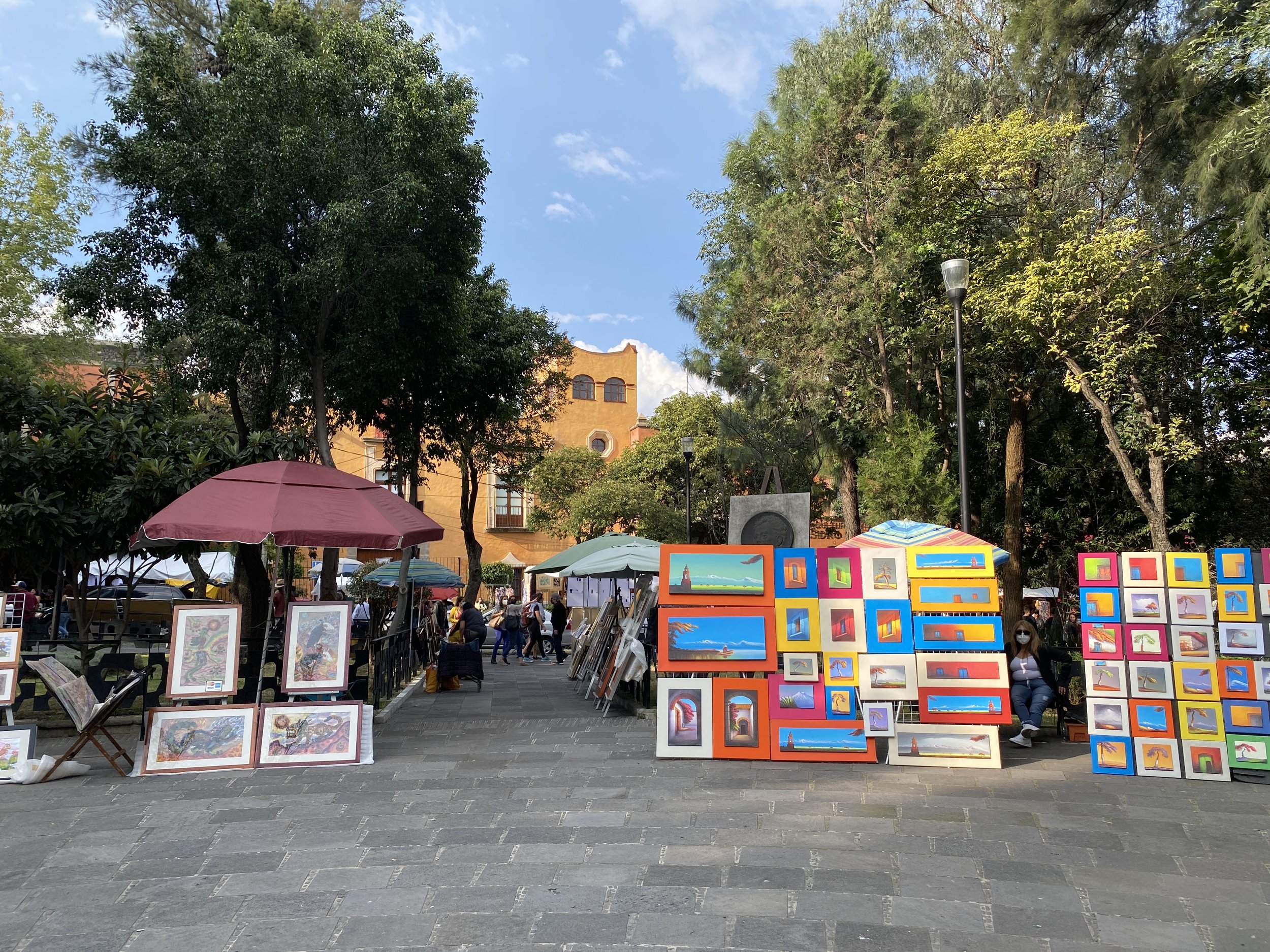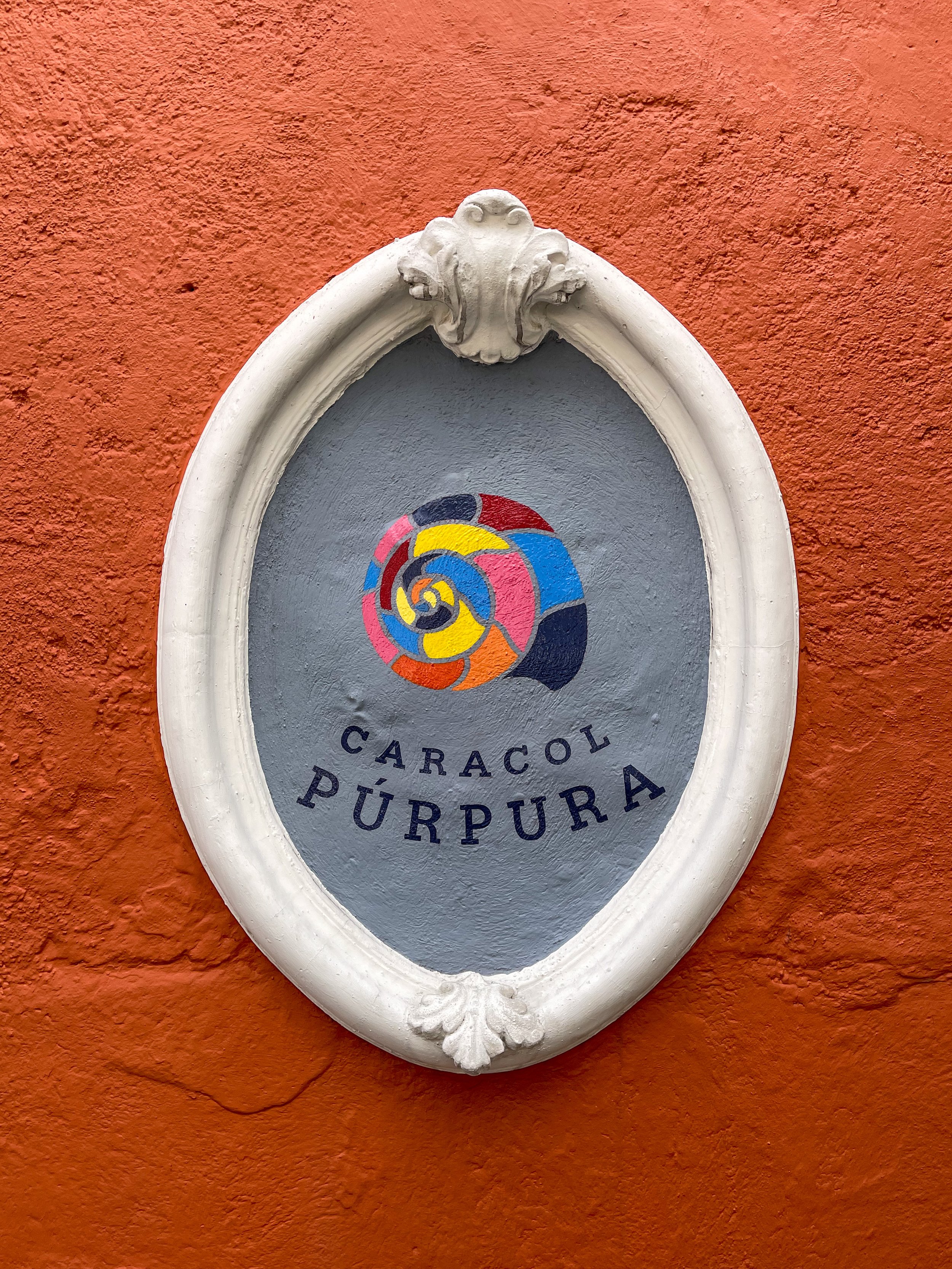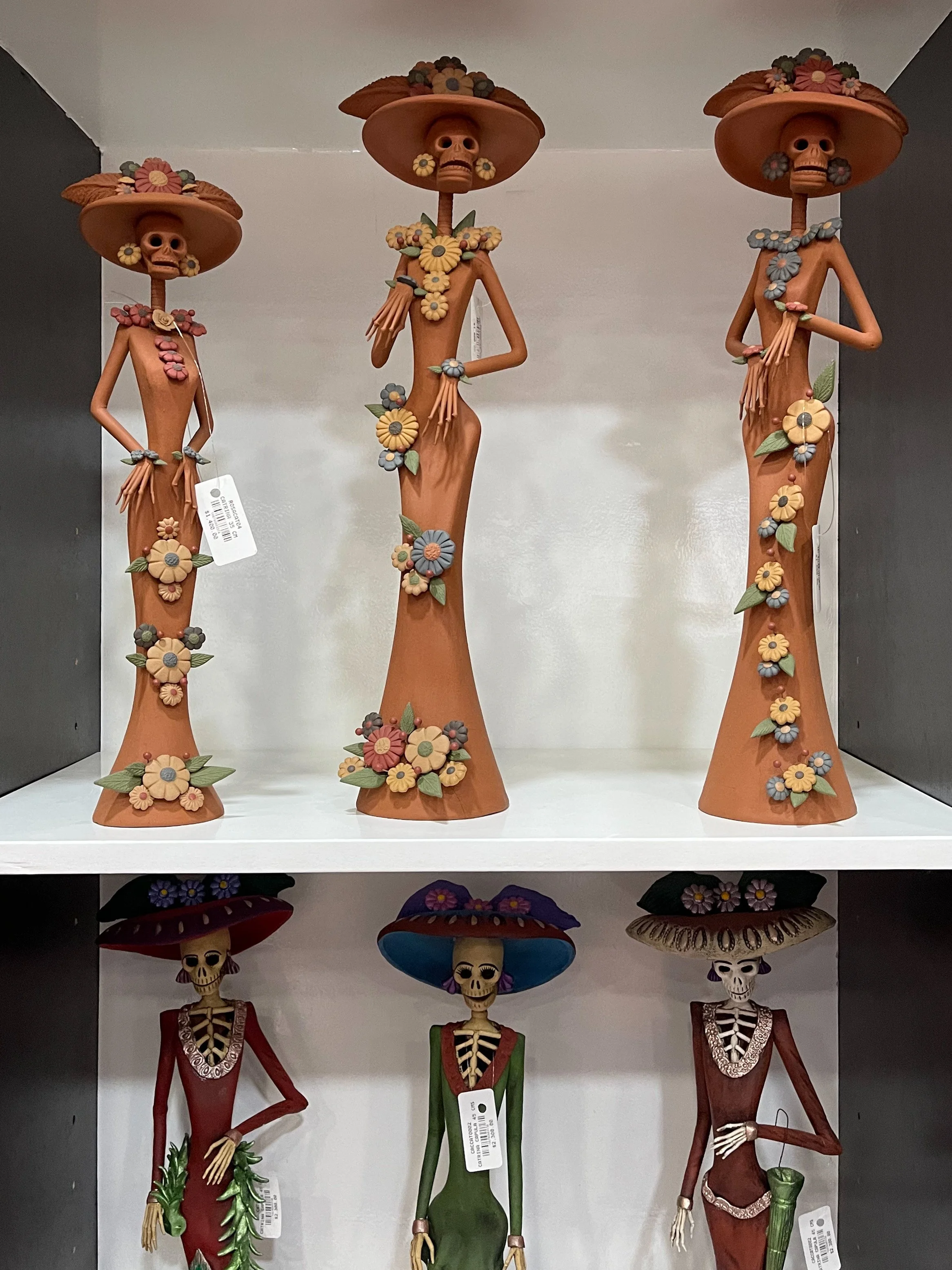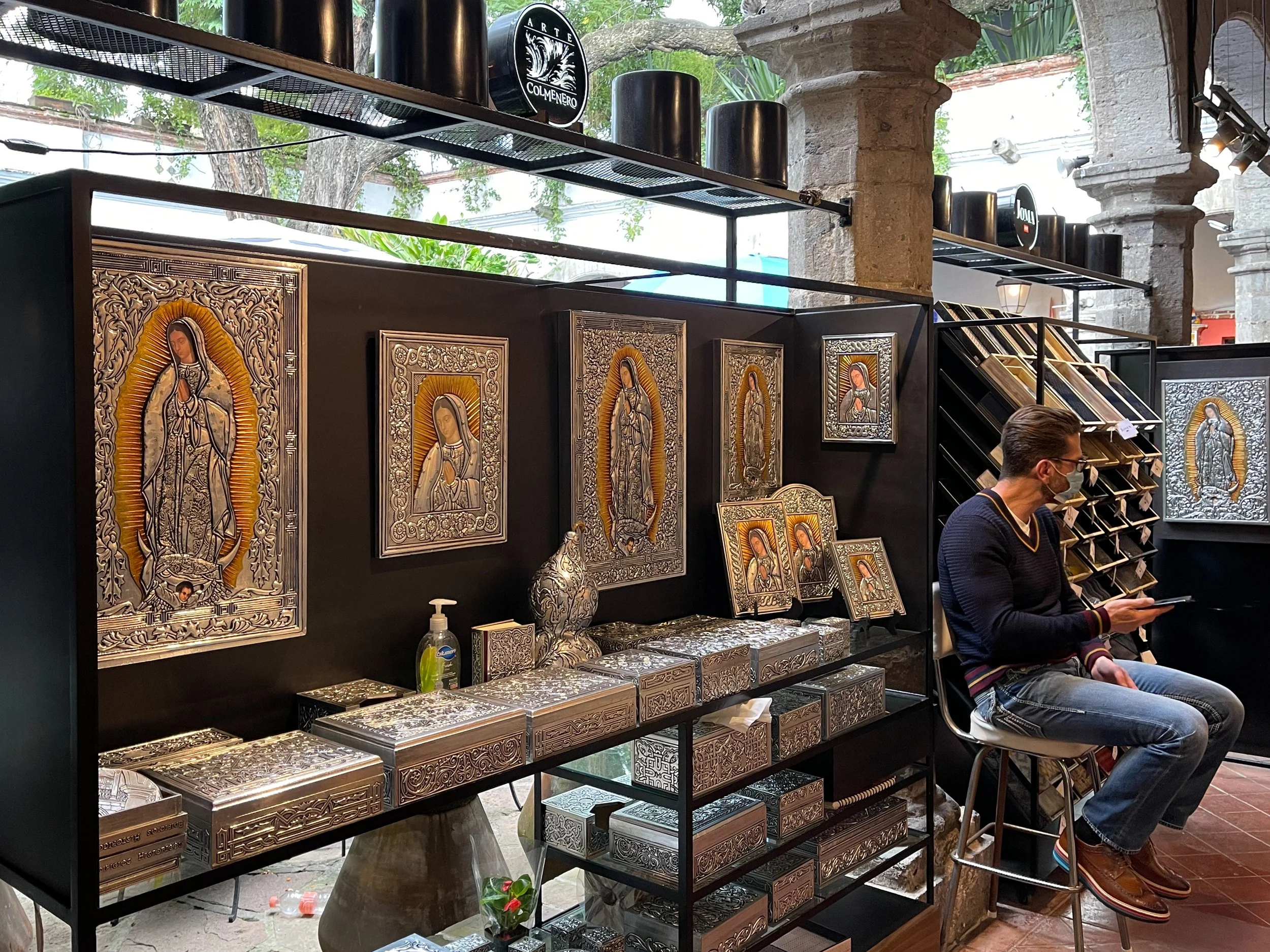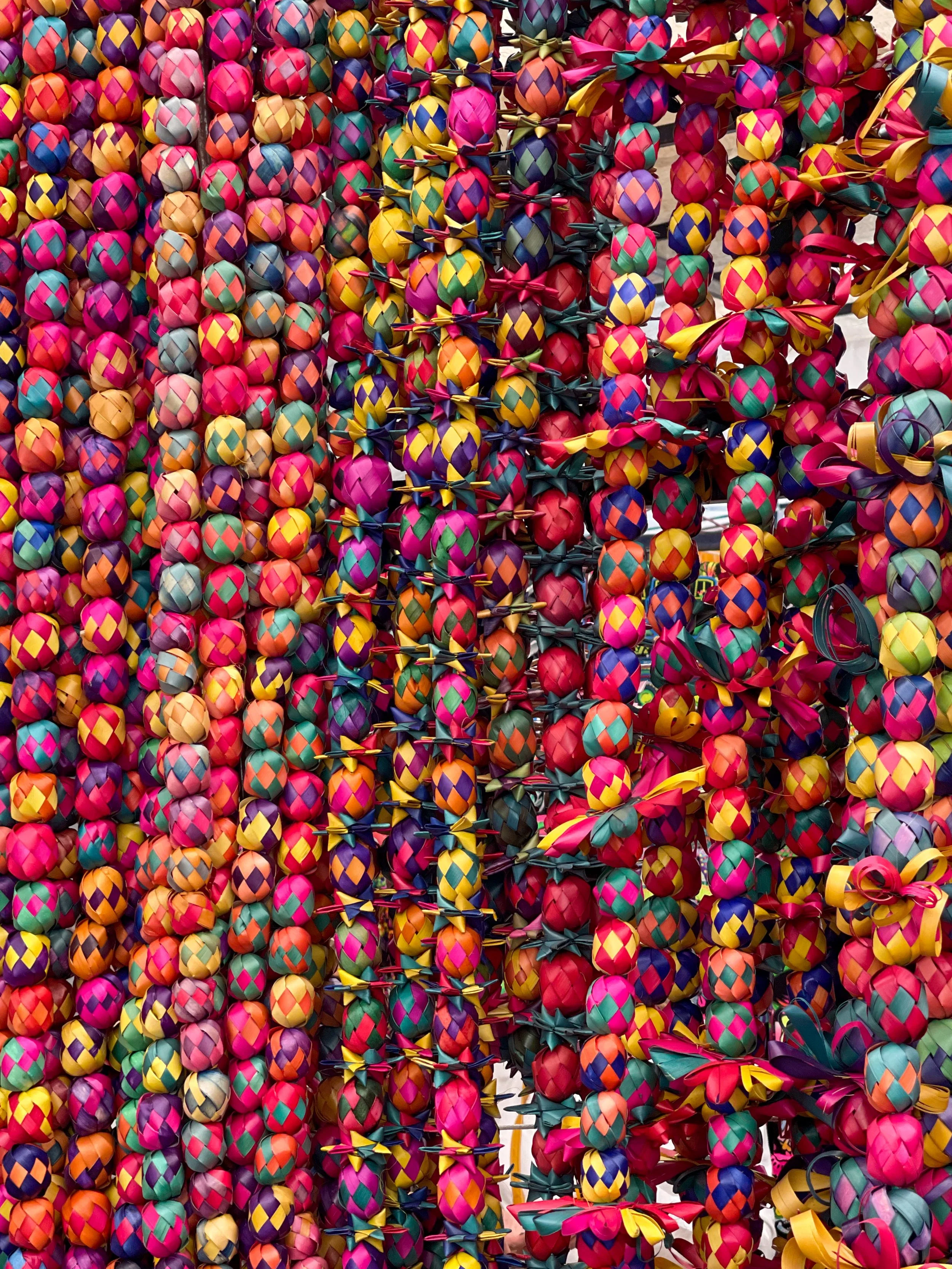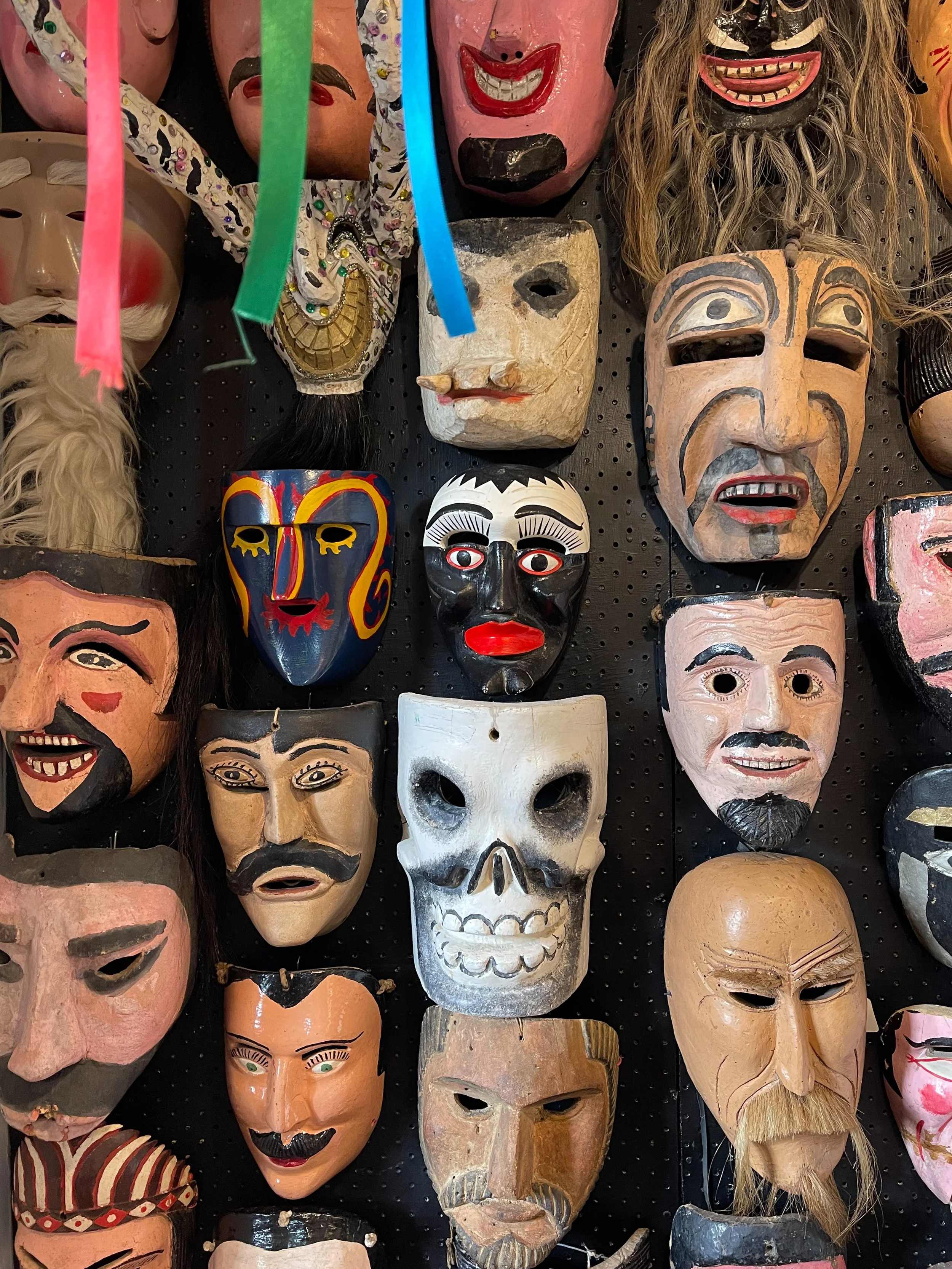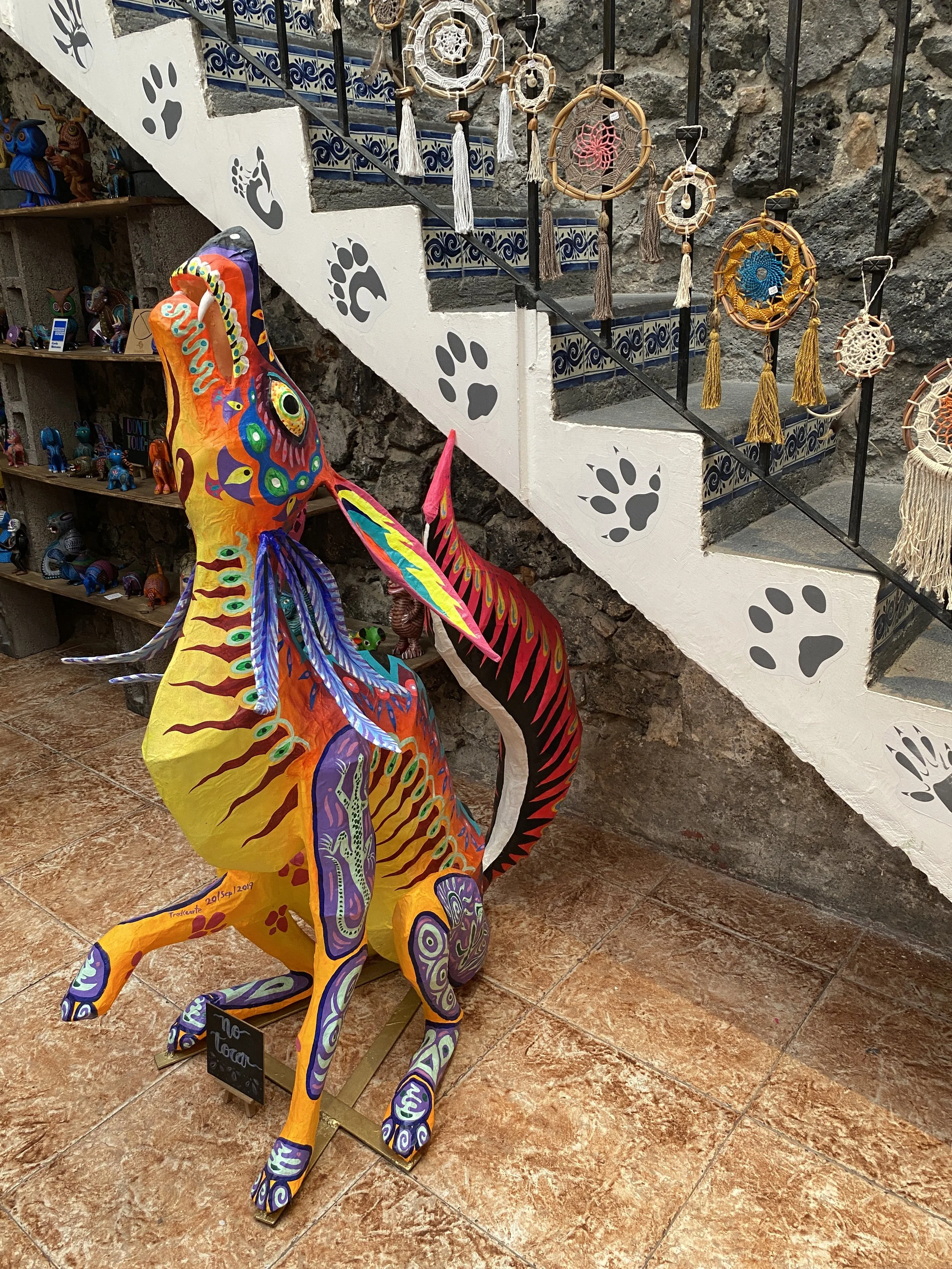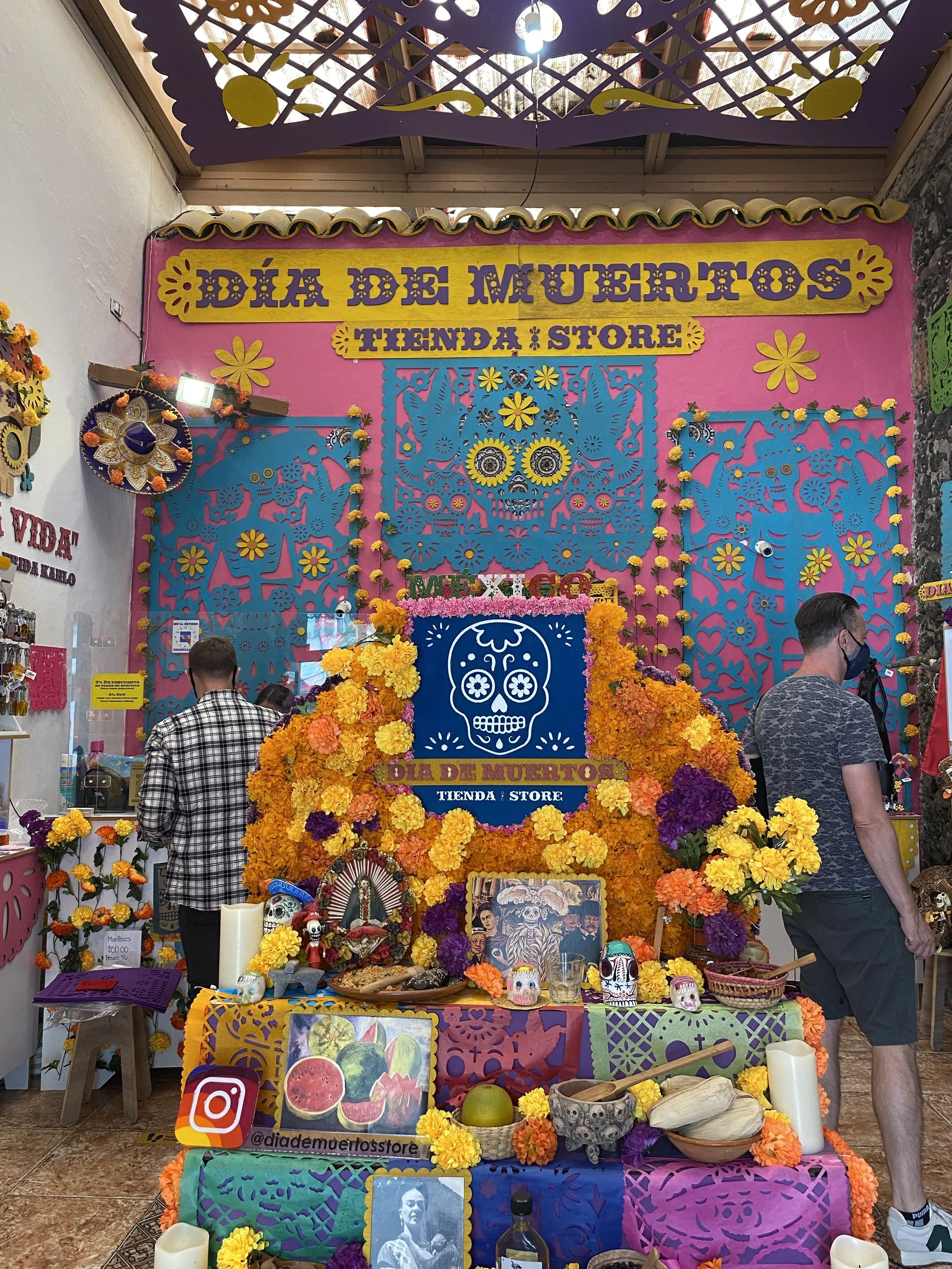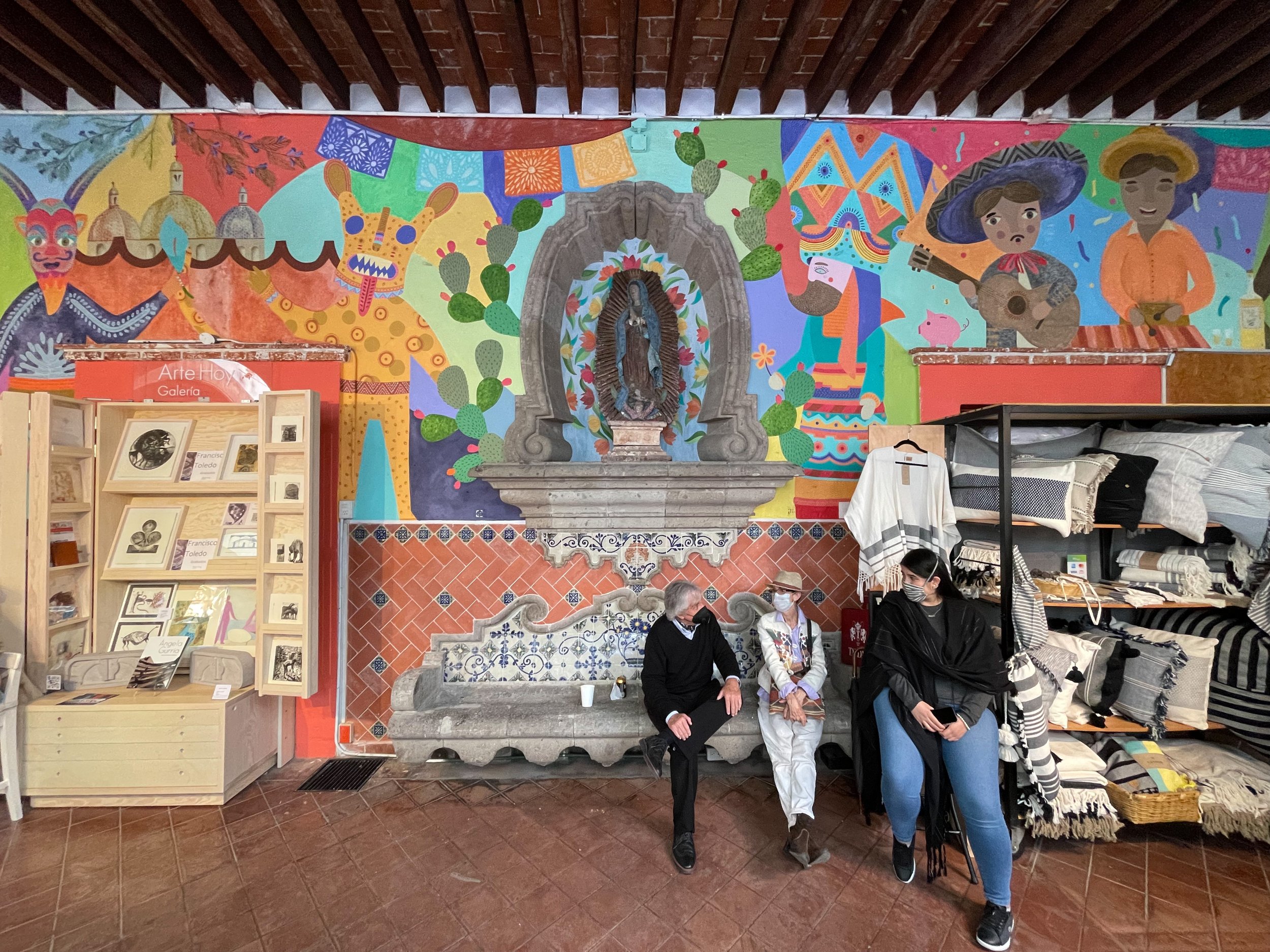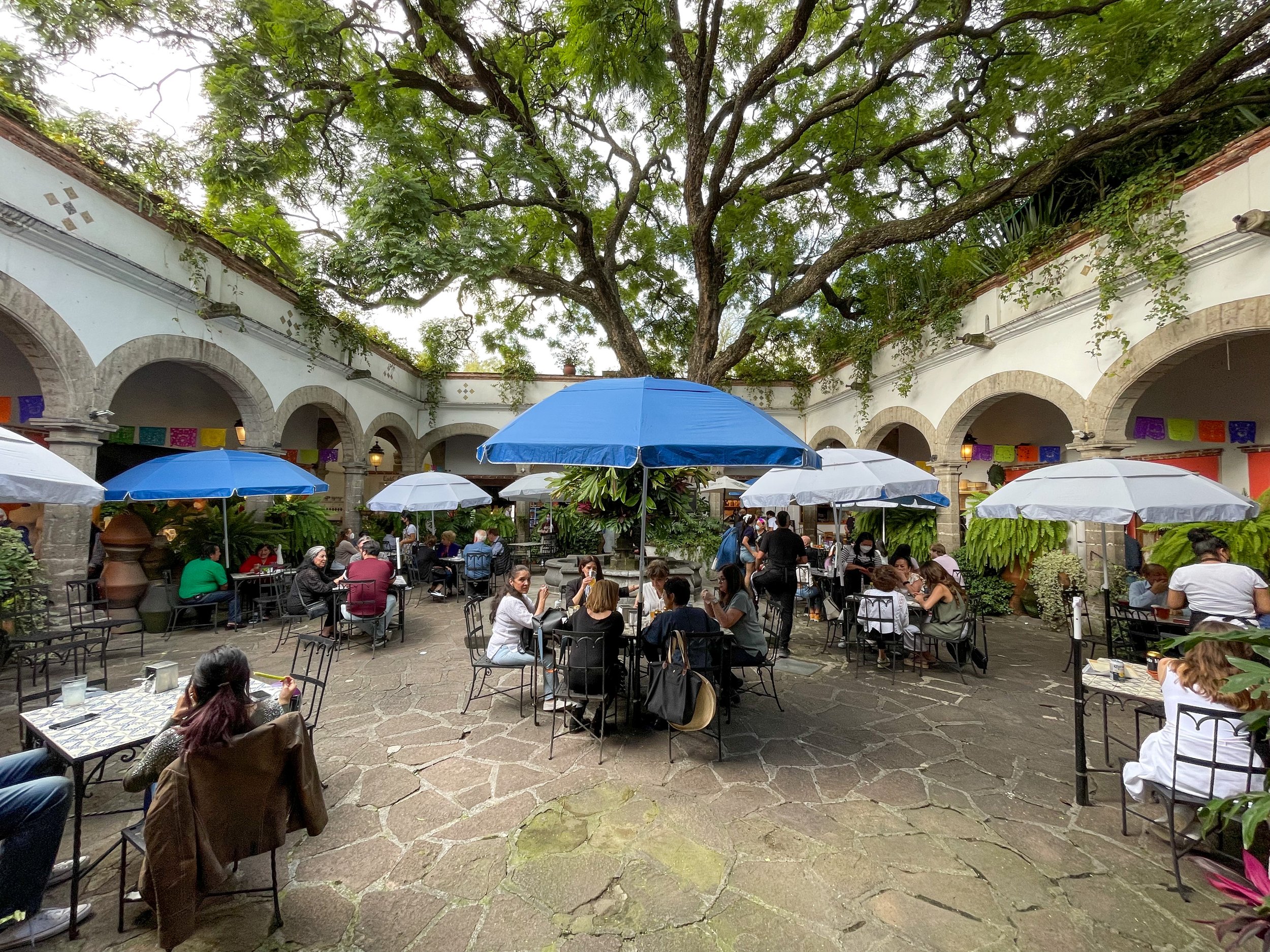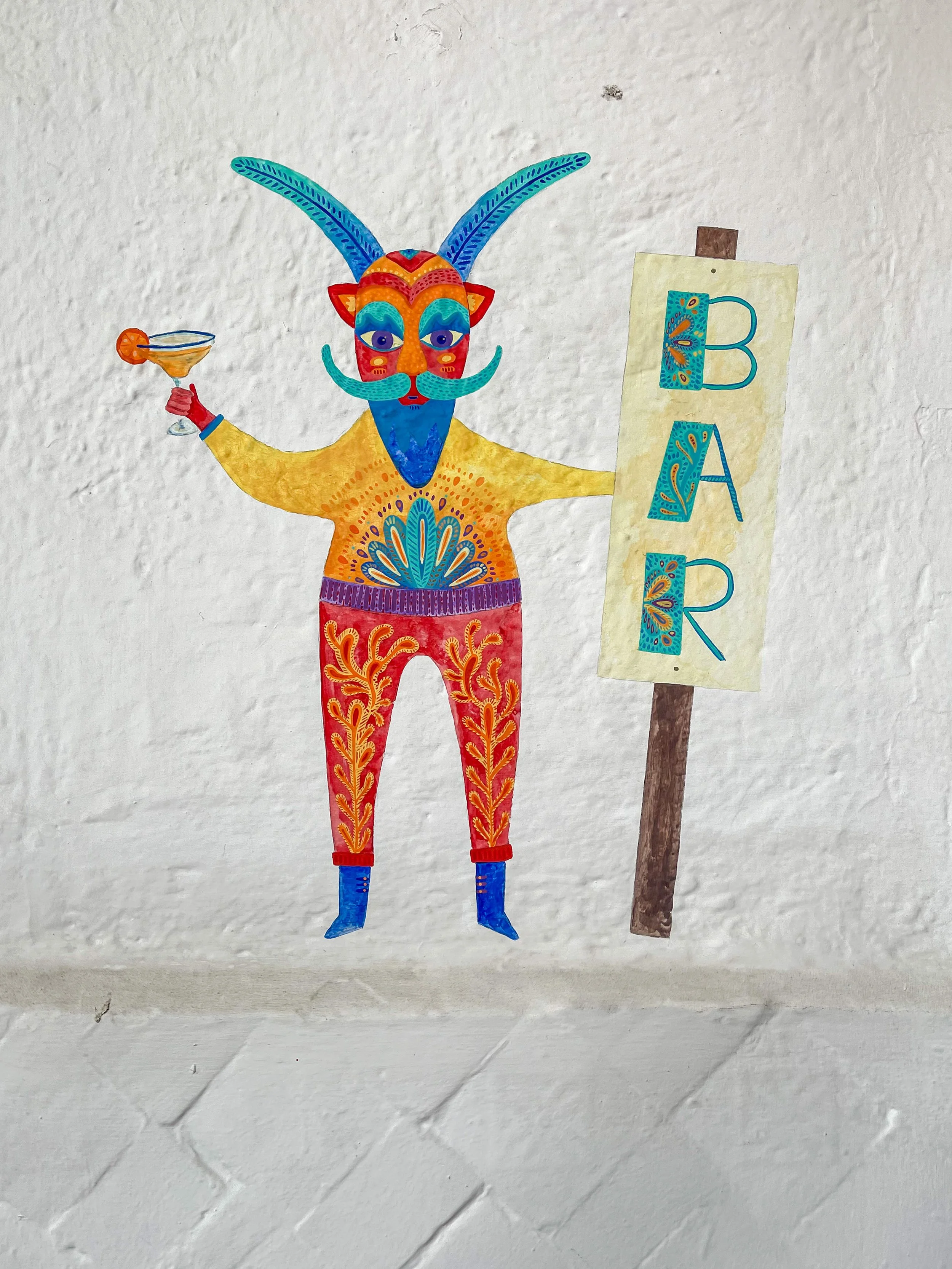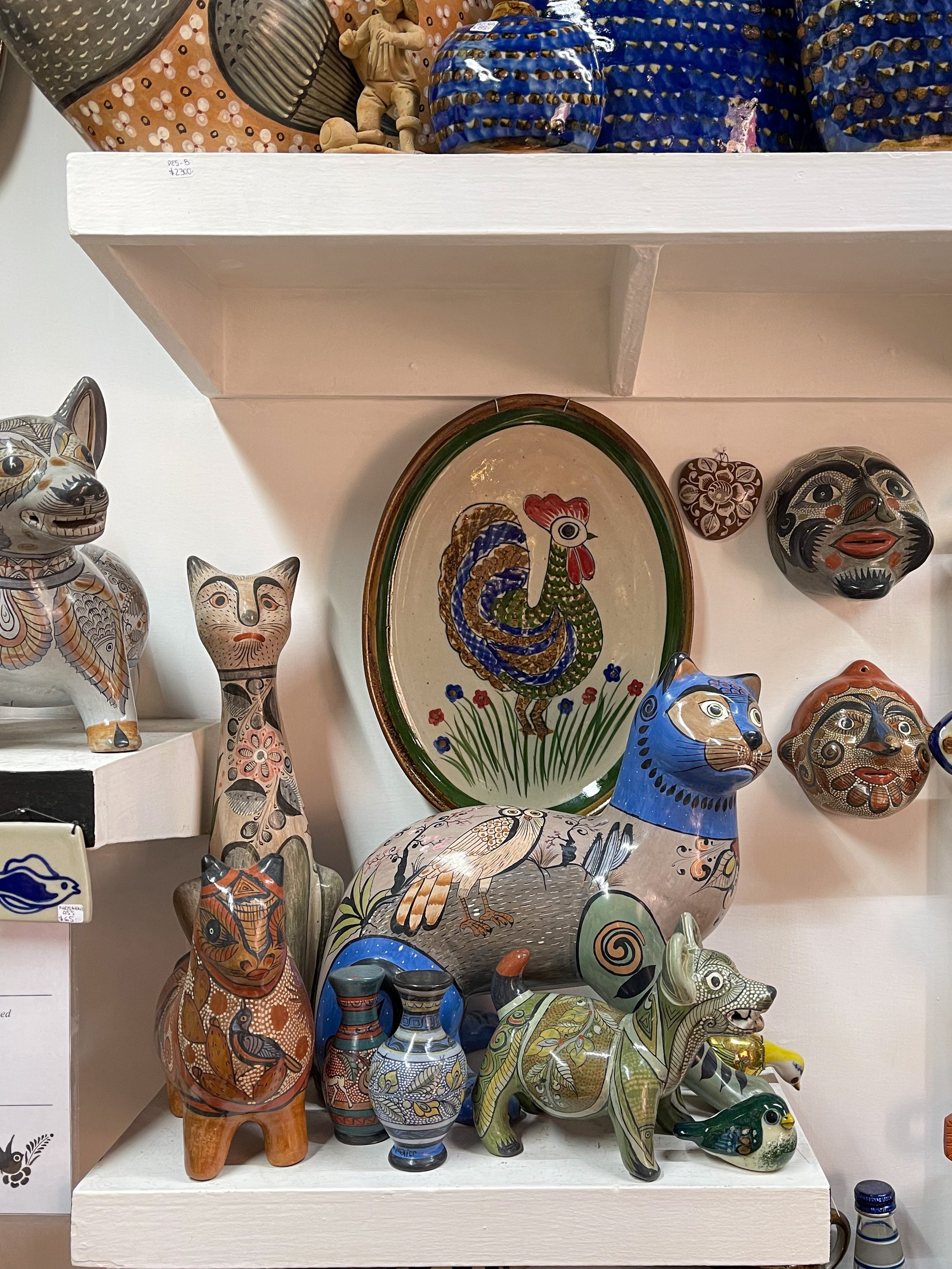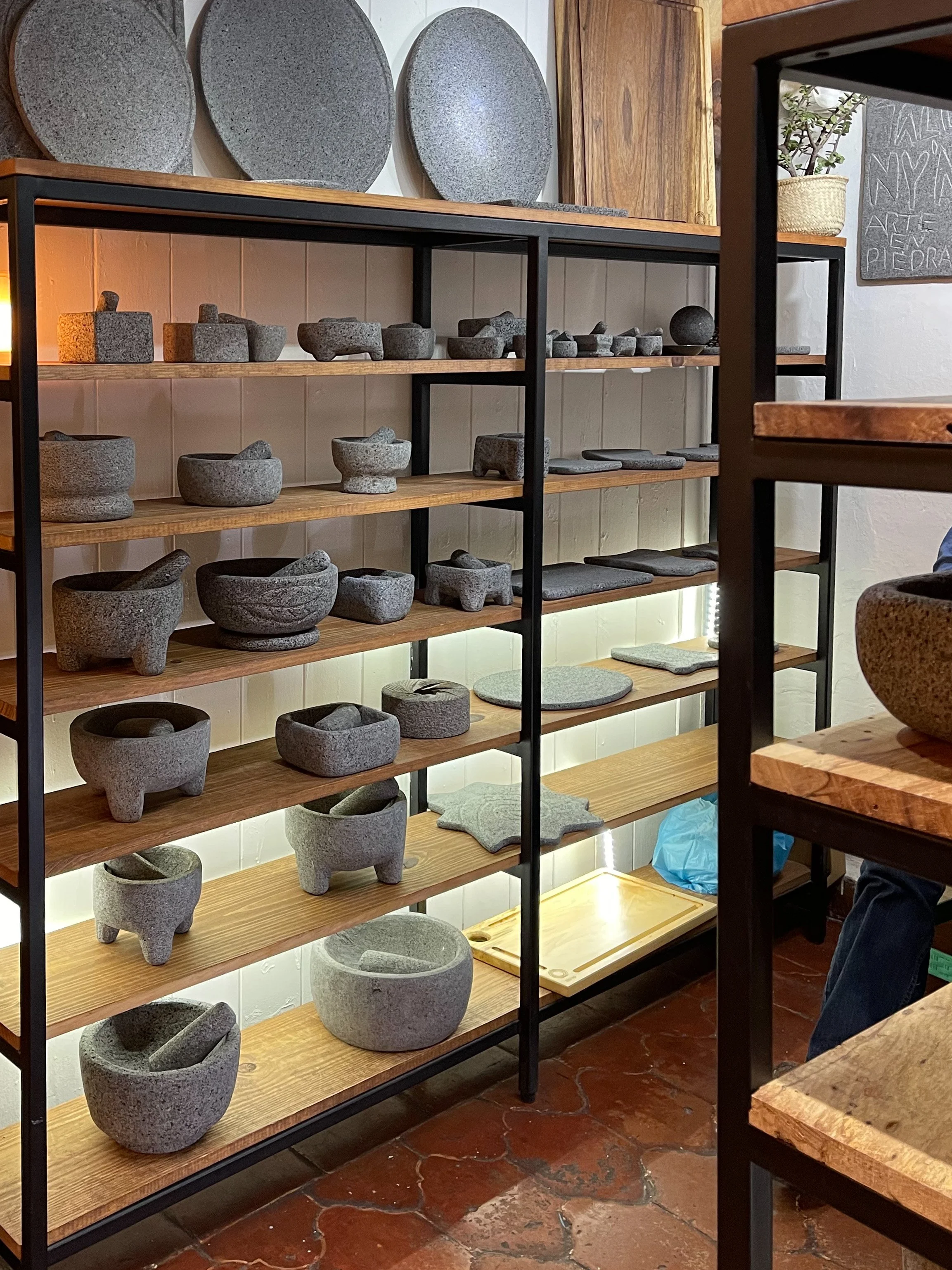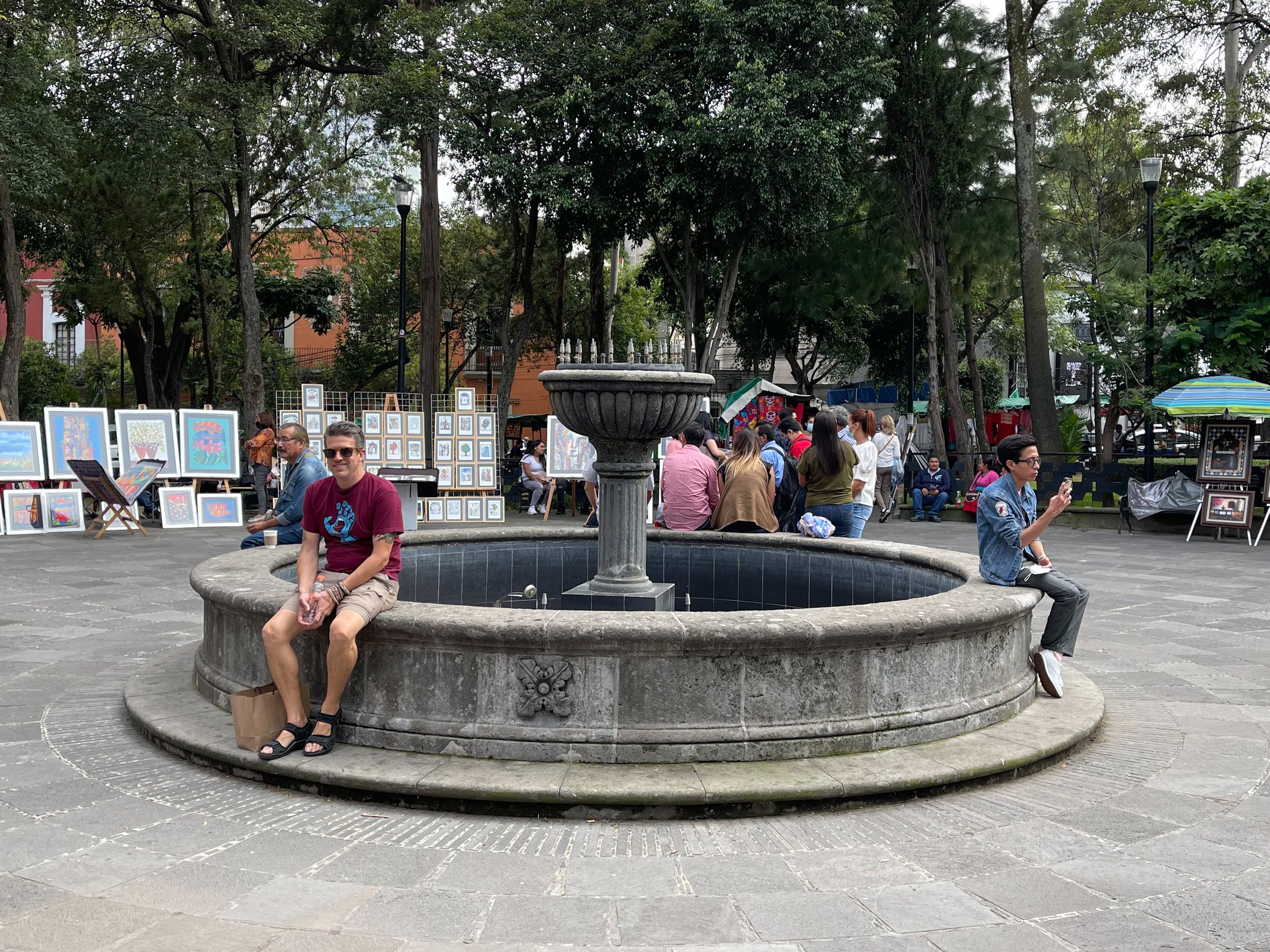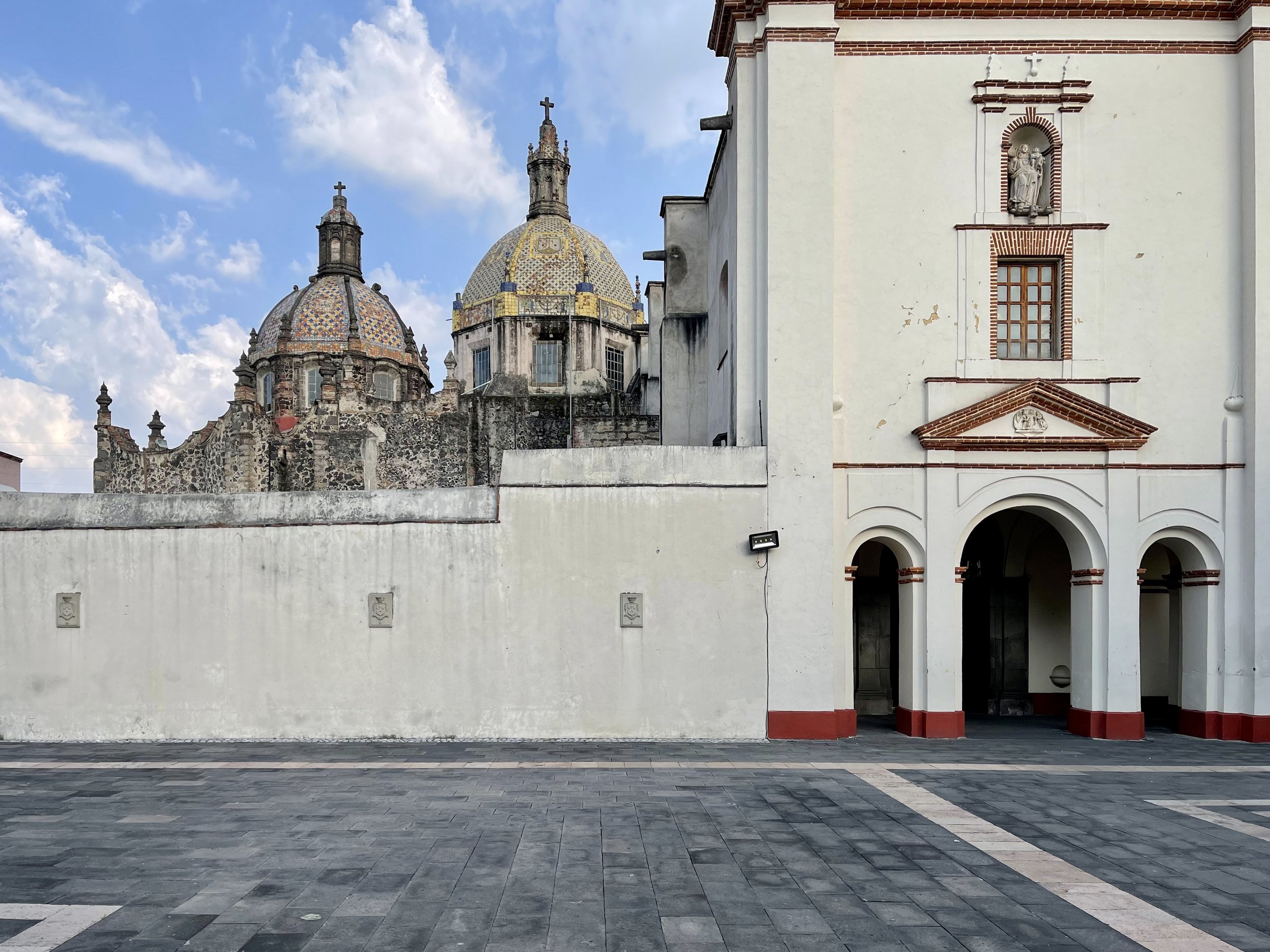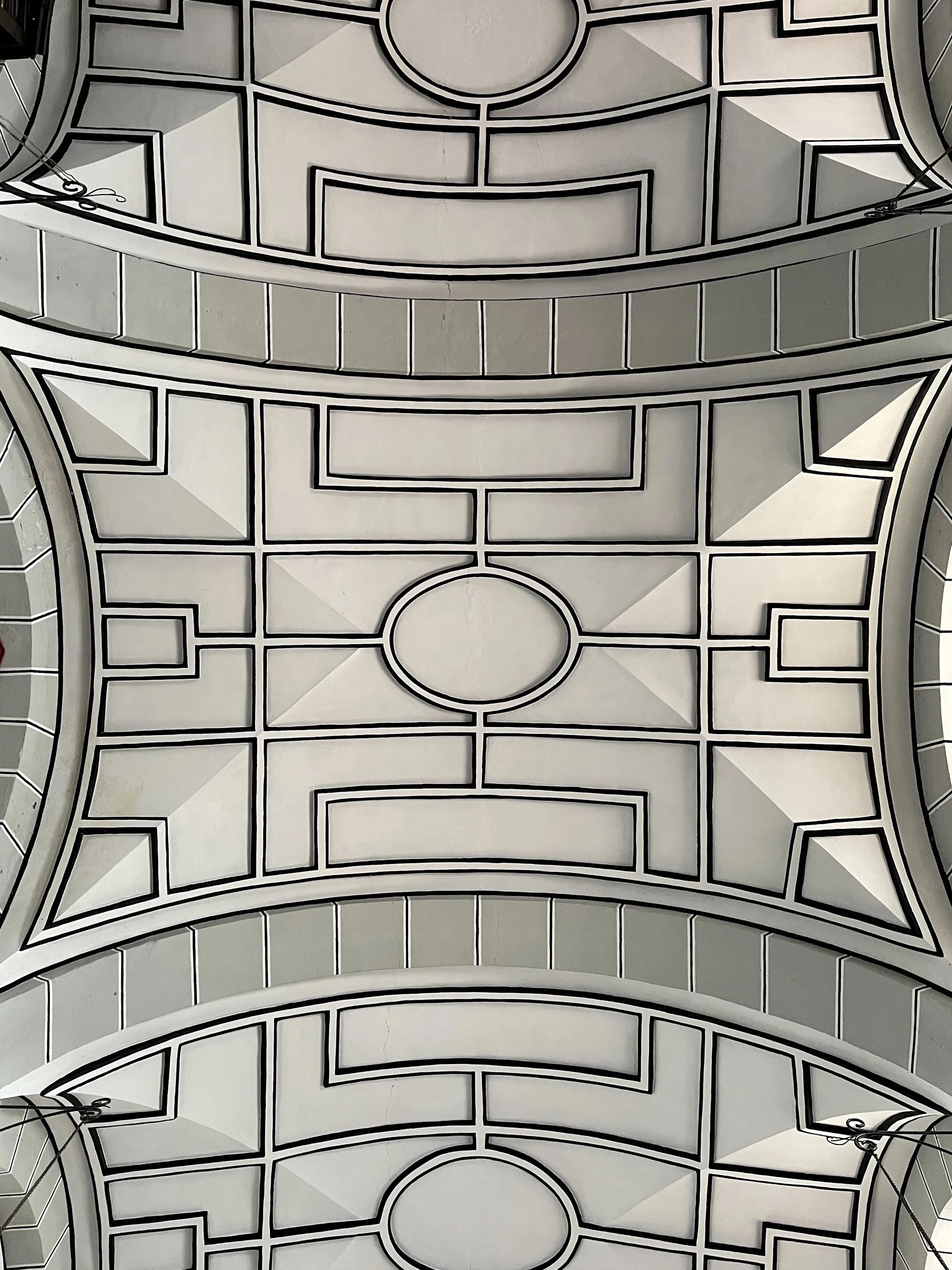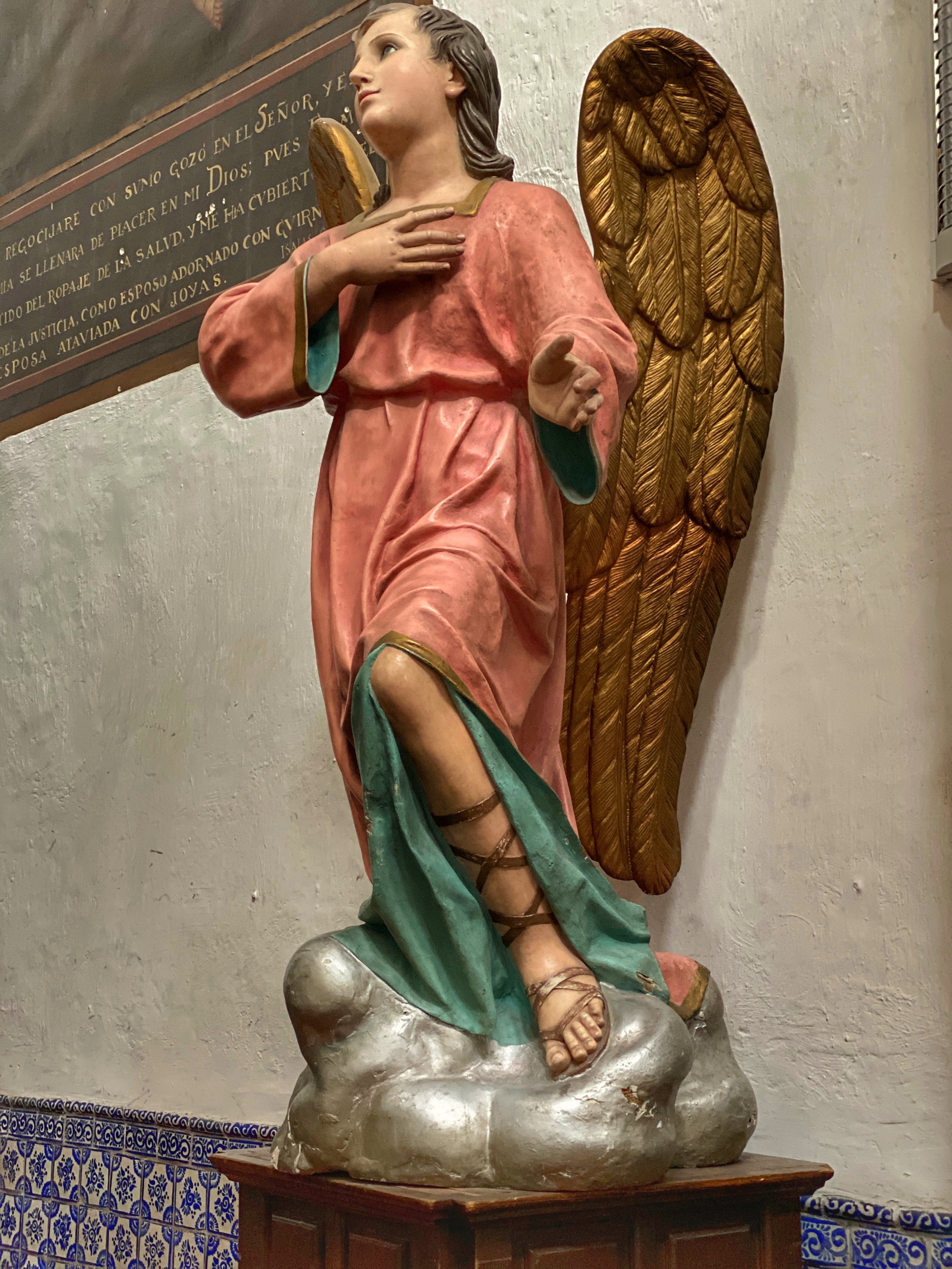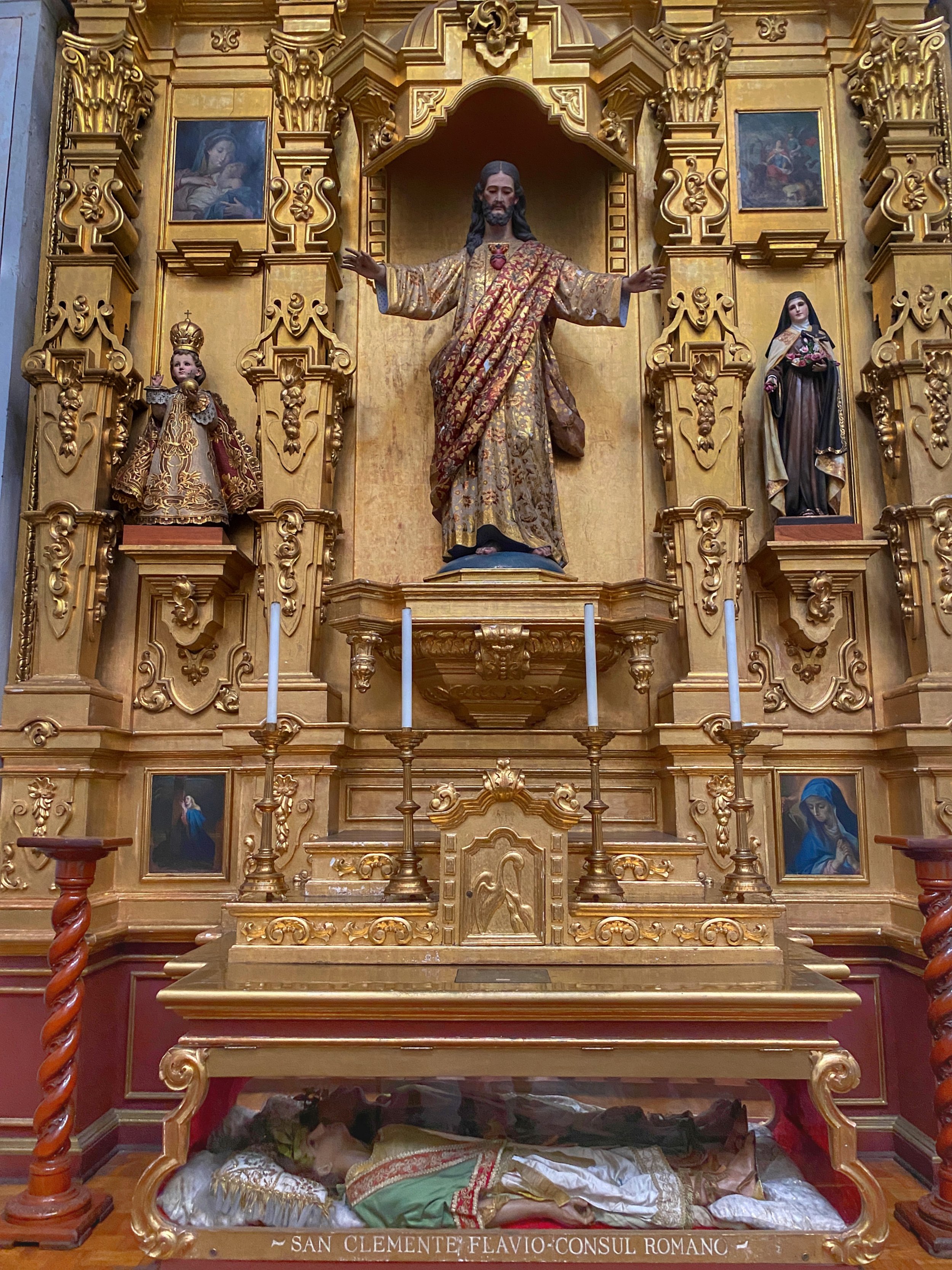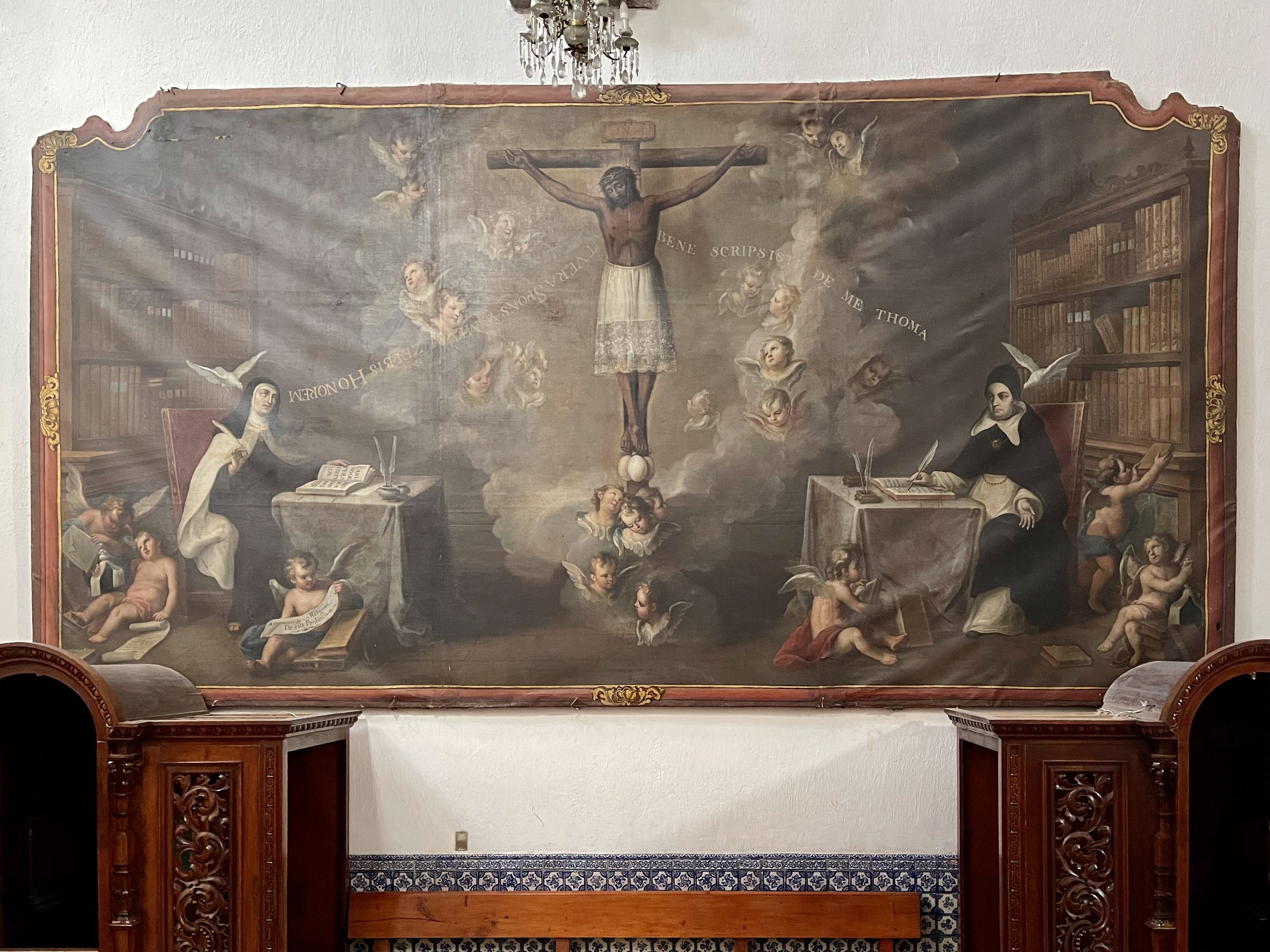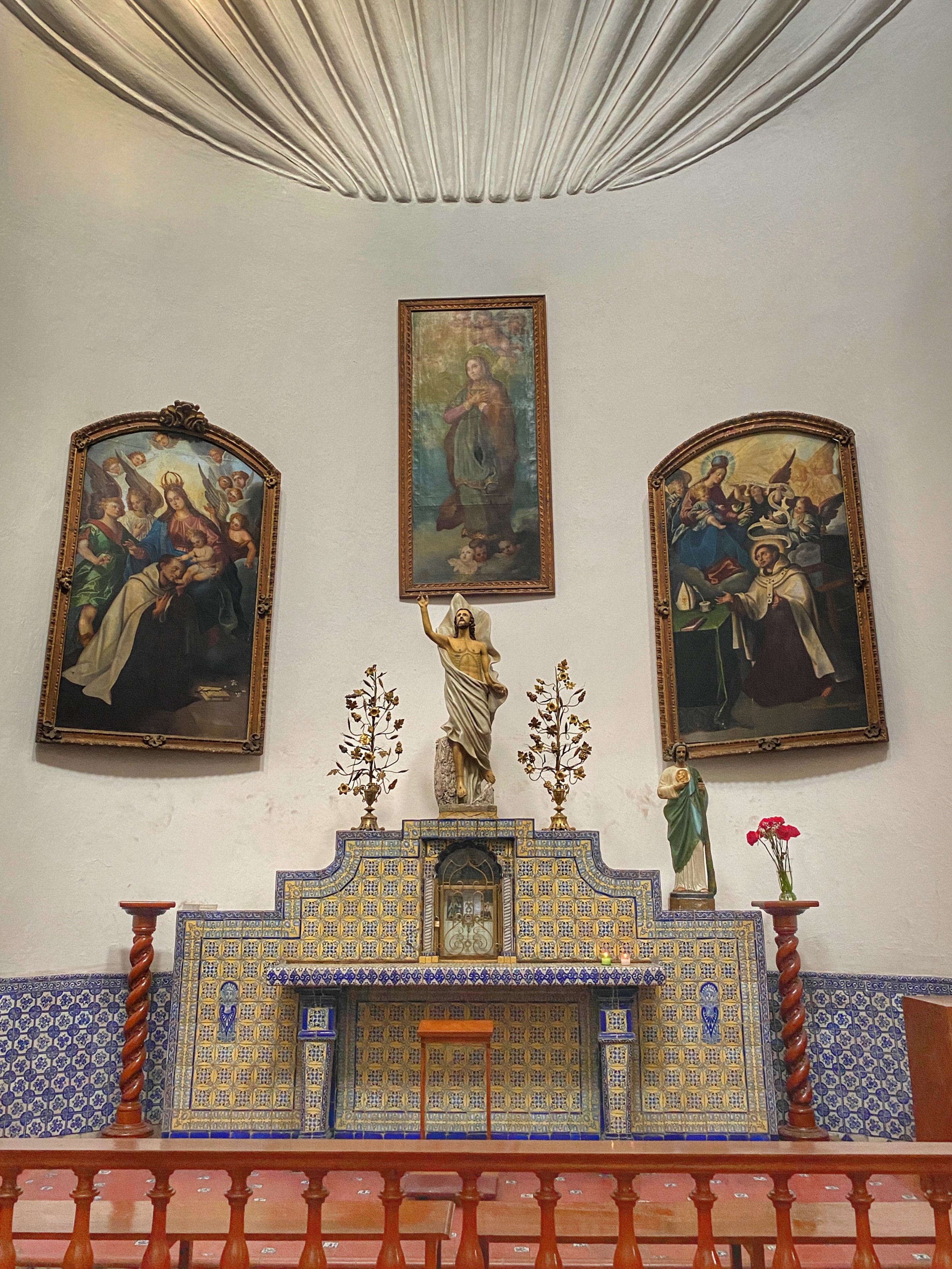The ephemeral San Ángel market in Mexico City is worth saving a Saturday for.
Handicrafts, artworks, pottery and other goodies are on sale at the Saturday Bazaar — one day a week only.
Unlike the village of Brigadoon, which rises out of the Scottish mist once every 100 years, the no-less-enchanting Bazar Sábado in the colonia (neighborhood) of San Ángel in Mexico City bursts into life every Saturday. An artisanal market rises and fills the hilly cobblestone streets, Plaza del Carmen and surrounding shops.
Originally, the colonia, located southwest of Centro, the city center, was a weekend retreat for Spanish nobles, who built their 19th century colonial-style homes here.
“The enchanting Bazar Sábado in San Ángel bursts into life every Saturday. The artisanal market fills the hilly cobblestone streets, plaza and surrounding shops.”
The handicraft portion of the bazaar lines the street.
Shopping in San Ángel, CDMX
A few of the shops, including Caracol Púrpura, have beautiful contemporary and traditional objects for sale but were too expensive for us. We wanted to take some pictures to write about their shop but they told us no photos when they saw us getting ready to take a few snaps. We managed to capture a few anyway — we are the Not So Innocents Abroad after all!
Pressed tin depictions of the Virgin Mary
Colorful garlands woven from palm leaves
A fun selection of masks for sale
These adorable tiny fruits are made of marzipan.
The next shop we entered was called Paskwarho. While Wally and I looked at a display of hand-painted dishware, we met Arturo, an expat and cofounder, who relocated from Chicago. I’m assuming that my Midwestern accent and Spanglish tipped him off. He kindly said to me that even after living in the country for many years he still doesn’t understand everything that’s said to him.
We bought a papier-mâché skull rattle with an articulated jaw that was handmade by one of the women who works in the shop as well as a burnt orange and white casserole baking dish hand-painted in the capulineado style, a pointillist flower pattern named after the town where they’re made.
A large howling wolf alebrije — fantastical Mexican folk art creatures
A store devoted to Día de Muertos
Skeletons, skulls and marigolds
Artisans Galore
Outside are a multitude of tented stalls selling everything from handicrafts to jewelry to pottery and more. We purchased a couple of T-shirts and a change purse to keep our growing collection of coins.
The market can get crowded, but uttering a simple, apologetic, “Con permiso” goes a long way and will help you pass others politely. It’s like saying, “Excuse me” in English.
A delightful mural in the building that houses part of the Bazar Sábado
The Bazar Sábado was founded in 1960 as the first of its kind before relocating to its current home in 1965 and contains hundreds of artists and an open-air interior courtyard with a restaurant. After taking our temperature and offering us hand sanitizer, we were permitted to enter.
There’s a restaurant in the central courtyard, where women cook up meals on large griddles.
Follow the sign.
And grab a drink at the small bar.
A devilishly cool sculpture hanging in one of the rooms adjoining the courtyard
We found a stand for Cervecería Monstruo de Agua, a Mexico City-based microbrewery offering a distinctive range of beers. They were one of my favorite discoveries on this visit. I had purchased a couple of bottles of Sugoi, a blonde ale brewed with agave, ginger and lemongrass at a small beer shop in La Condesa. I mean, who can resist a brand whose mascot is an axolotl, an amphibian with a long tail, six hornlike appendages and bulging eyes and whose name translates as “water monster” in Náhuatl? Not us! We ended up buying a small round glass with the creature embossed on it.
Molcajetes made of volcanic stone are a must for home-made guacamole.
We were delighted to discover Cerámica San Germán, a shop filled with traditional hand-painted ceramics and stoneware from the town of Tonalá. We purchased several bowls and a plate depicting the nahual, a jaguar-like cat with a smiling face.
Also of note were the wares of Silva Dufour. I loved the colors and satin-finish glazes of their ceramic objects, which included scarab beetles and contemporary interpretations of traditional helmet masks.
One of the artists at work
When we exited the bazaar, we brought the unfinished open bottles of Monstruo de Agua with us. An elderly local artist in the park, which is filled with painters selling their artworks, told us that it’s prohibited to drink alcohol outside. I’m not sure the police would have noticed, but we returned to the building to finish our beers. Better to err on the side of caution than to risk violating the law in another country.
The plaza with this fountain is surrounded by artists selling paintings.
Which luchador mask would you choose?
Wally purchased a few desiccated Roses of Jericho (aka resurrection plants) from a street vendor as gifts for his coworkers, and we wandered down the hill into Happening, a store and gallery that carried cool clothes and objects from local artists and designers. While there I saw La Escalera, a bold graphic print by Boston-born, Mexico City-based artist Sophie Greenspan. Wally remarked that it reminded him of the modern architecture of Luis Barragán, which we had experienced earlier in the day on a tour with The Traveling Beetle.
The impressive tiled cupolas of Nuestra Señora del Carmen are visible from the end of the thoroughfare — just a stone’s throw from the bustling market area.
We’ll definitely return to San Ángel on our next trip to CDMX (we’re utterly smitten), especially for the basement crypt at the Templo y Museo del Carmen to see the mummified bodies of wealthy donors to the Carmelite order. And for a chance to view the embalmed severed hand of former Mexican President Álvaro Obregón in the basement of the WWI monument to him. Who knew such a charming neighborhood held such gruesome secrets? –Duke
El Bazar Sábado
Plaza San Jacinto 11
San Ángel
Álvaro Obregón
01000 Ciudad de México
CDMX
Mexico

